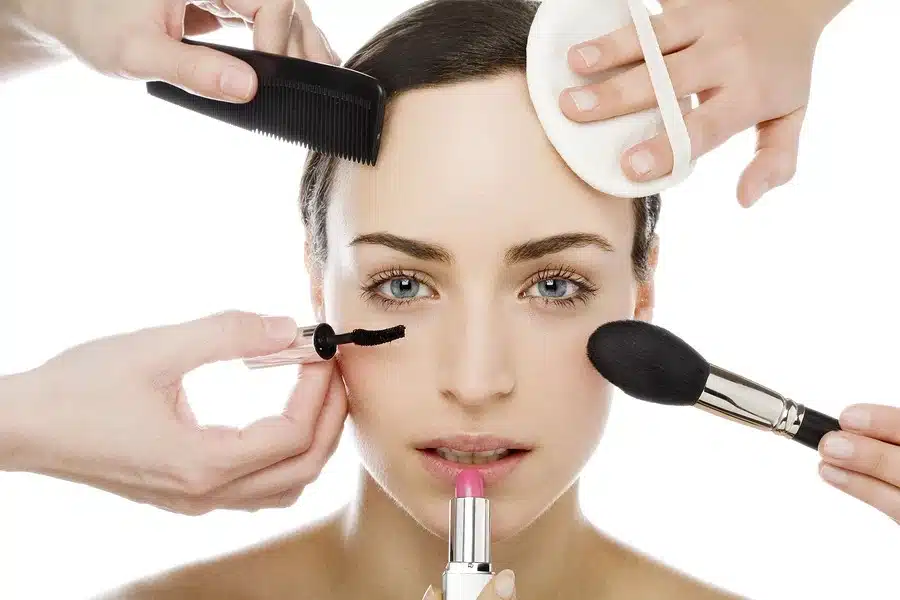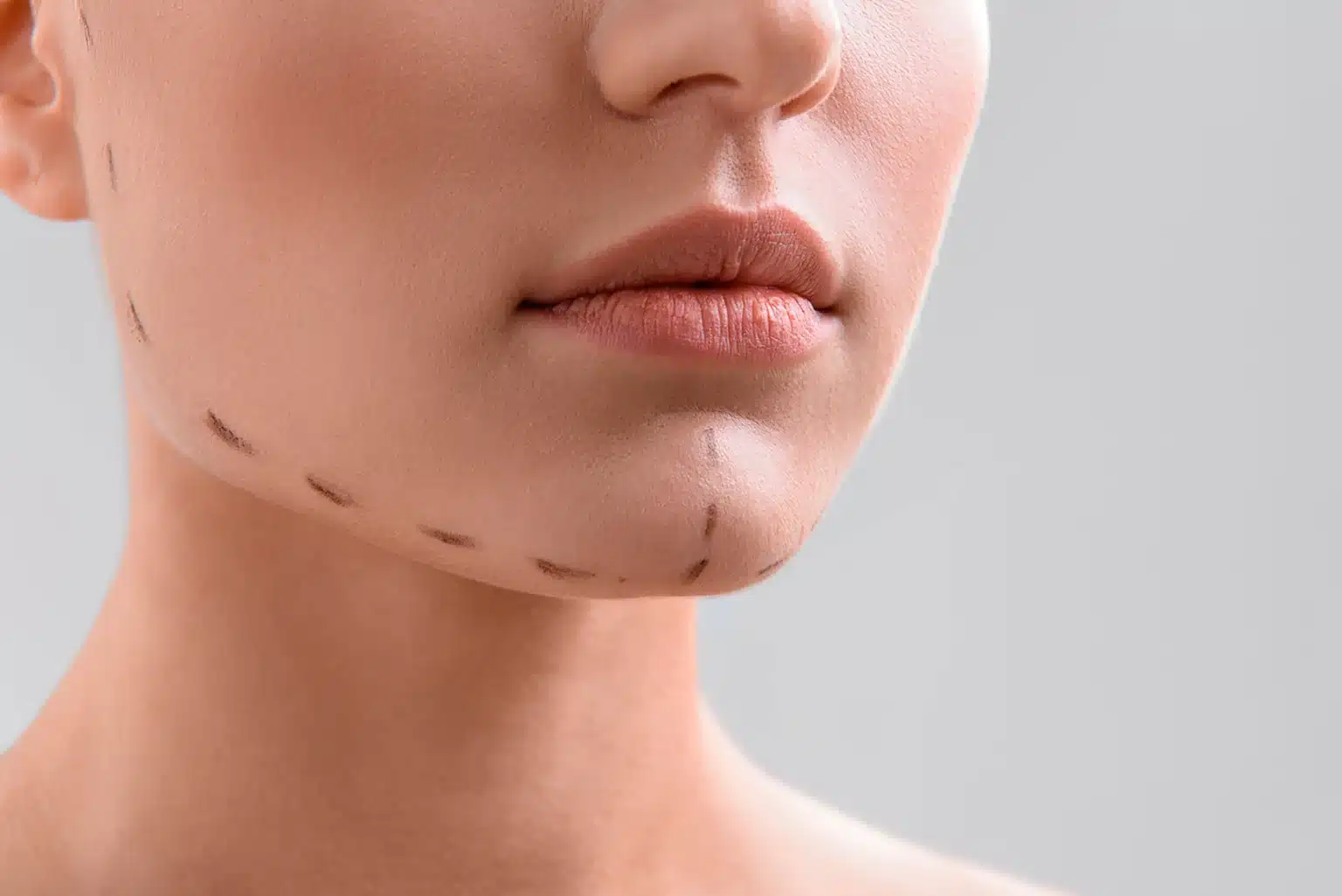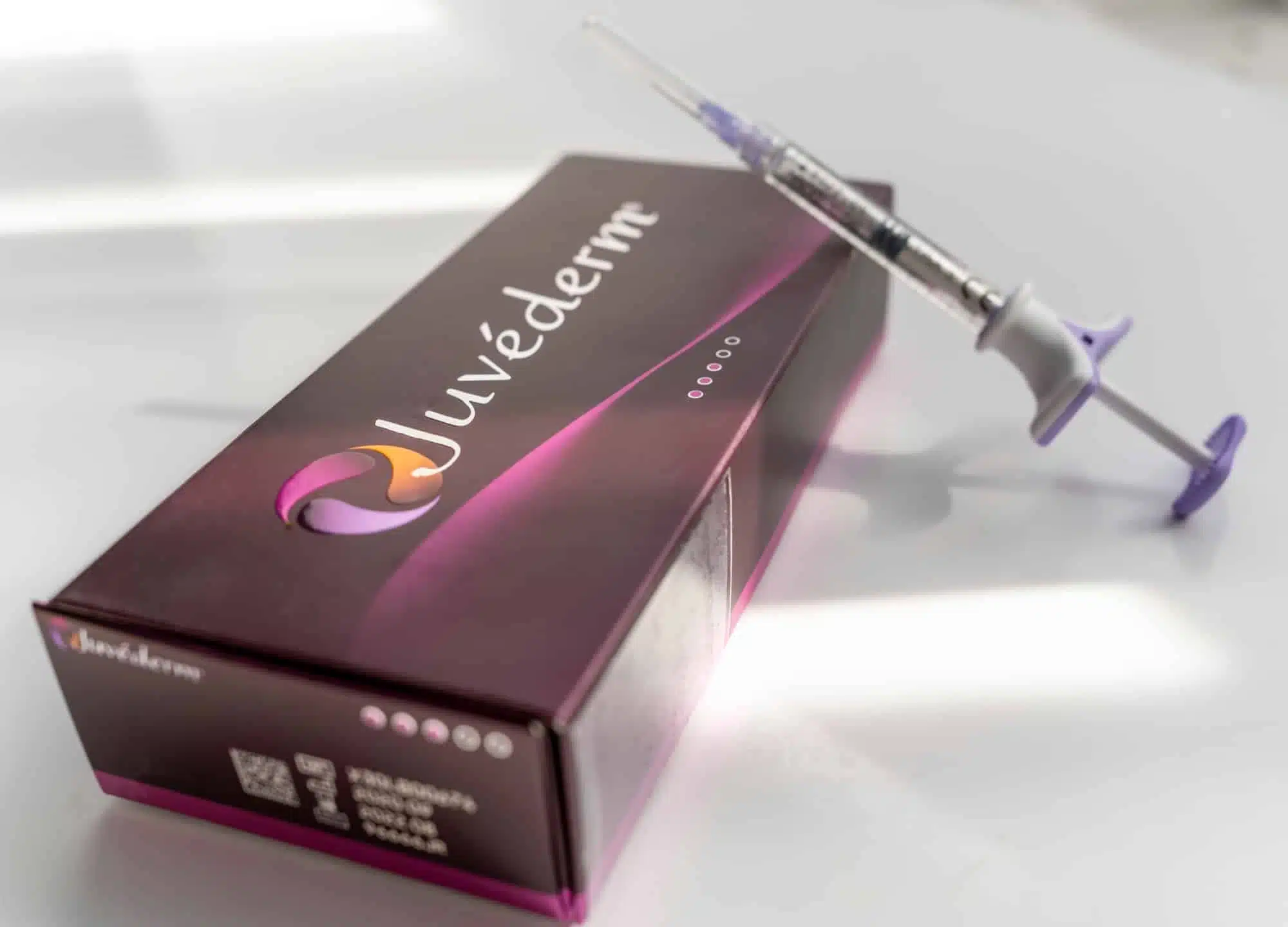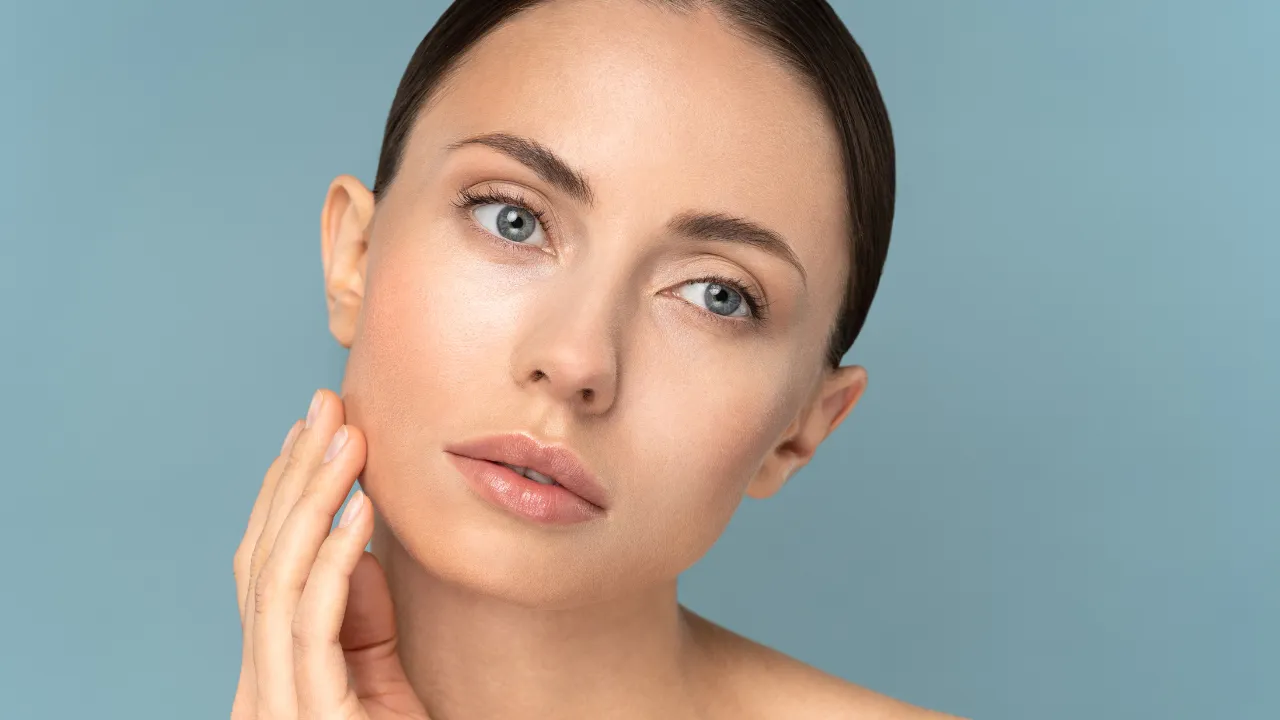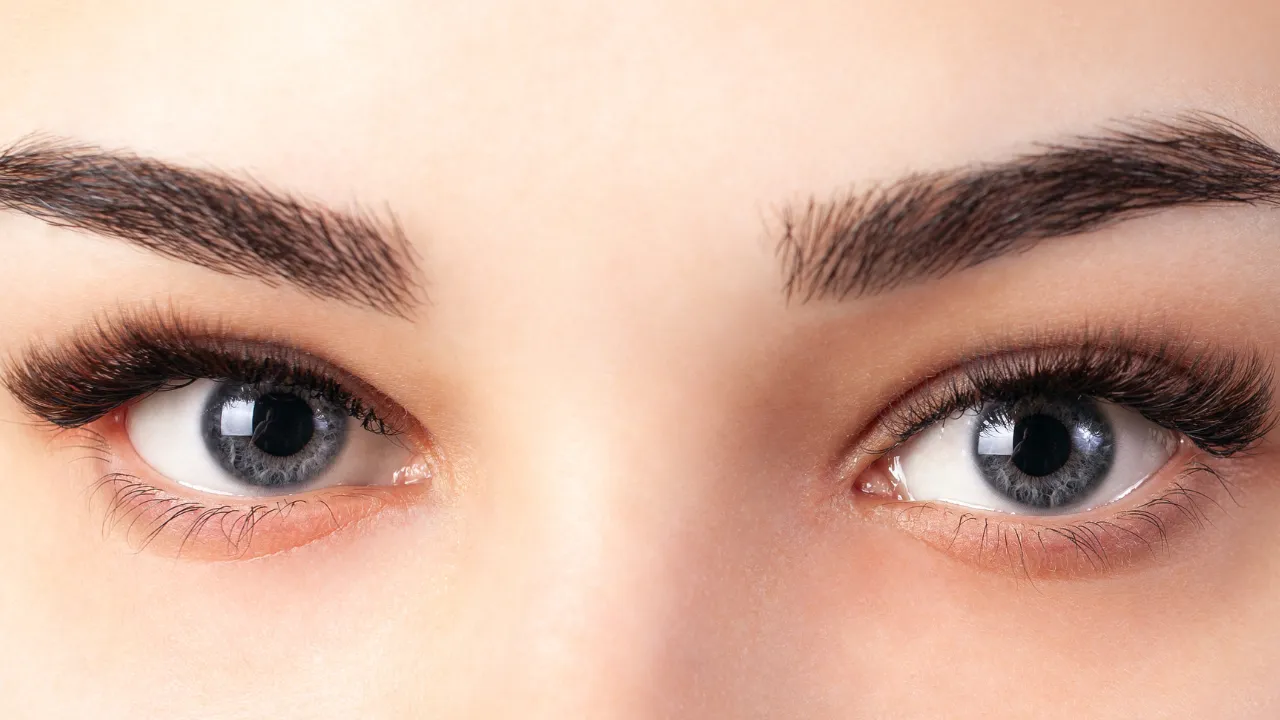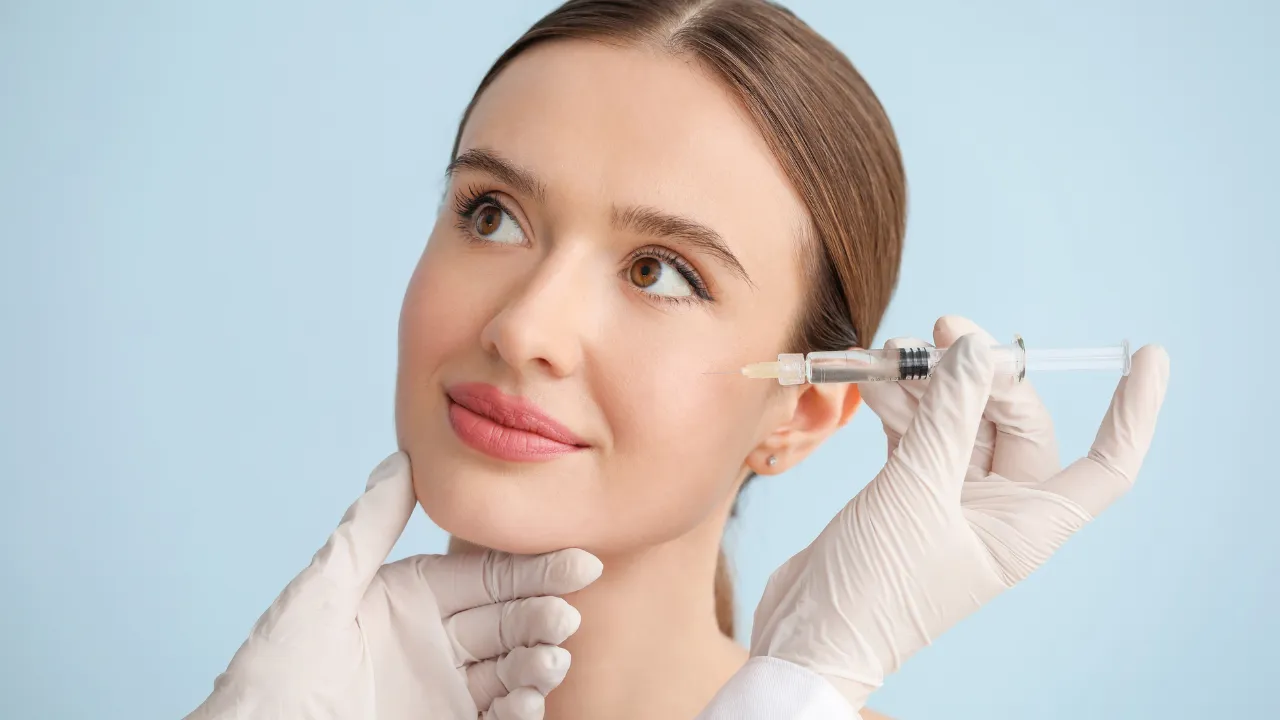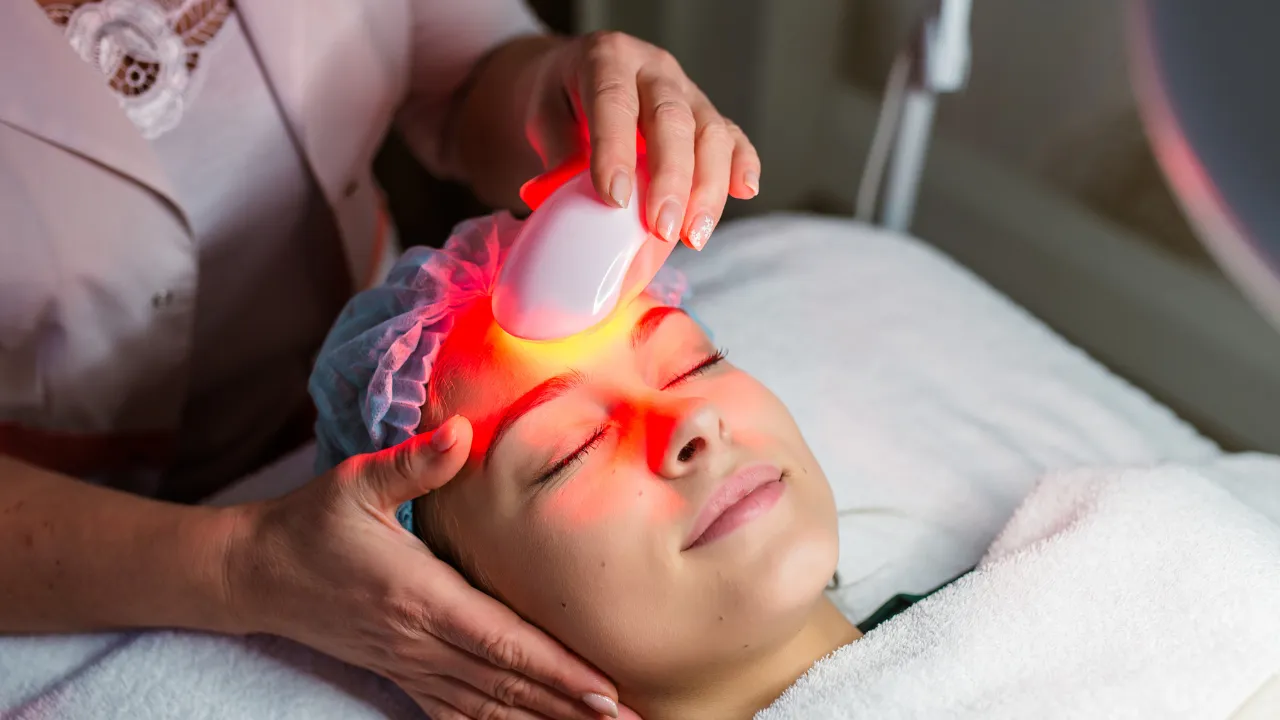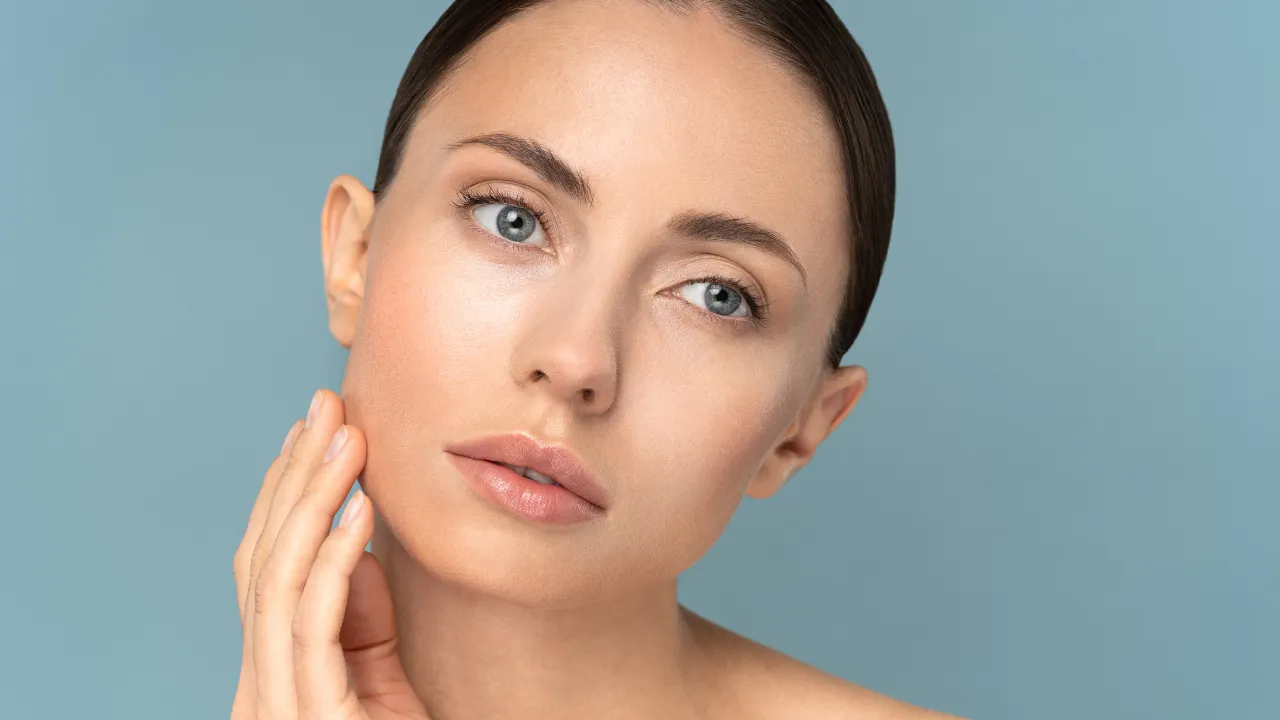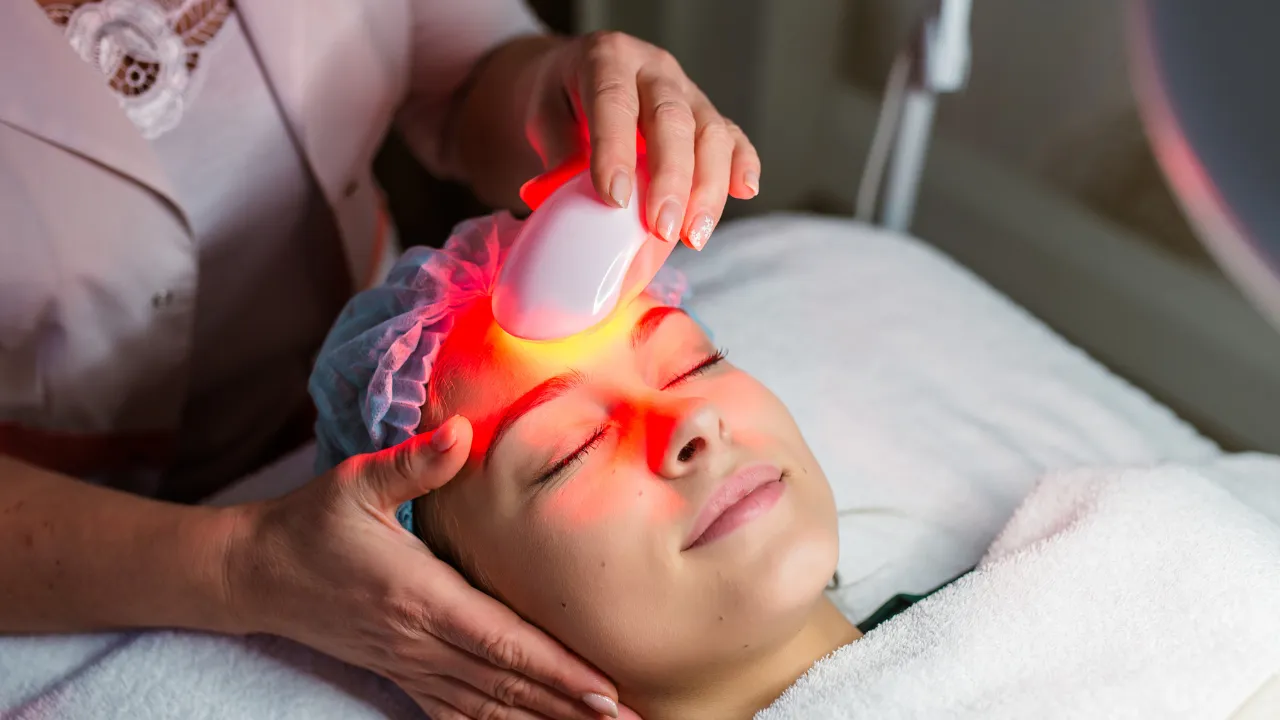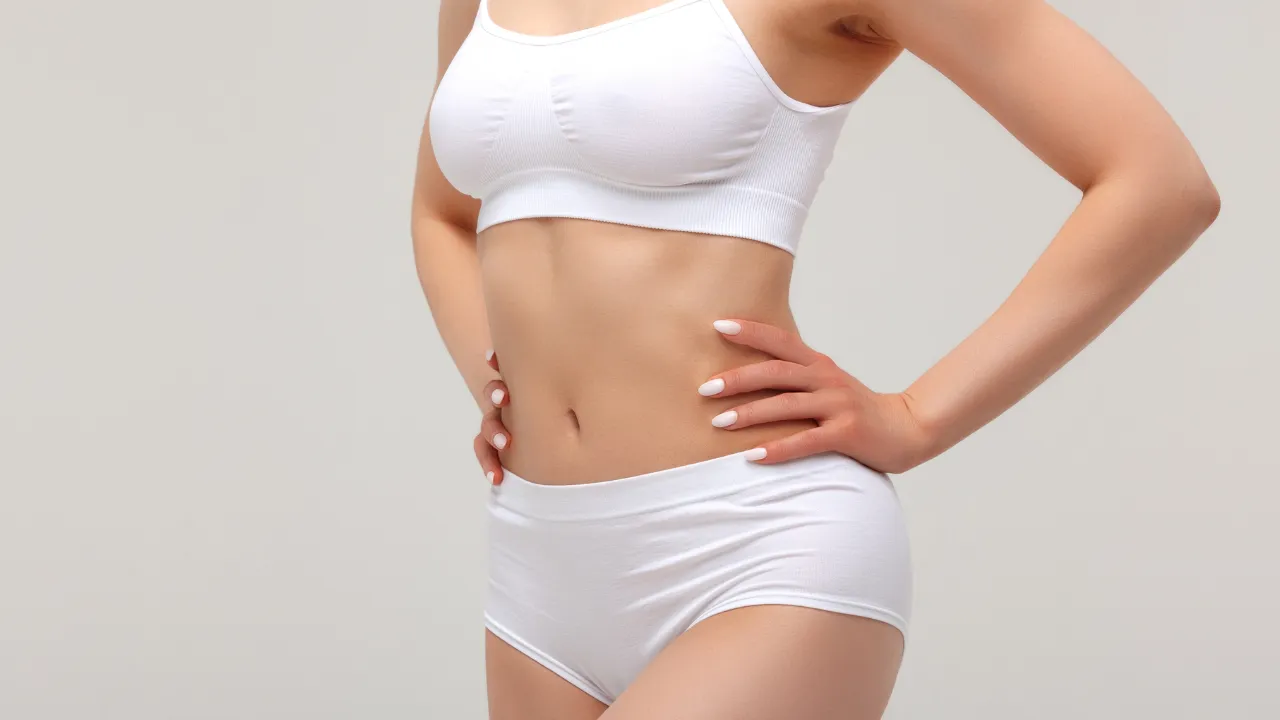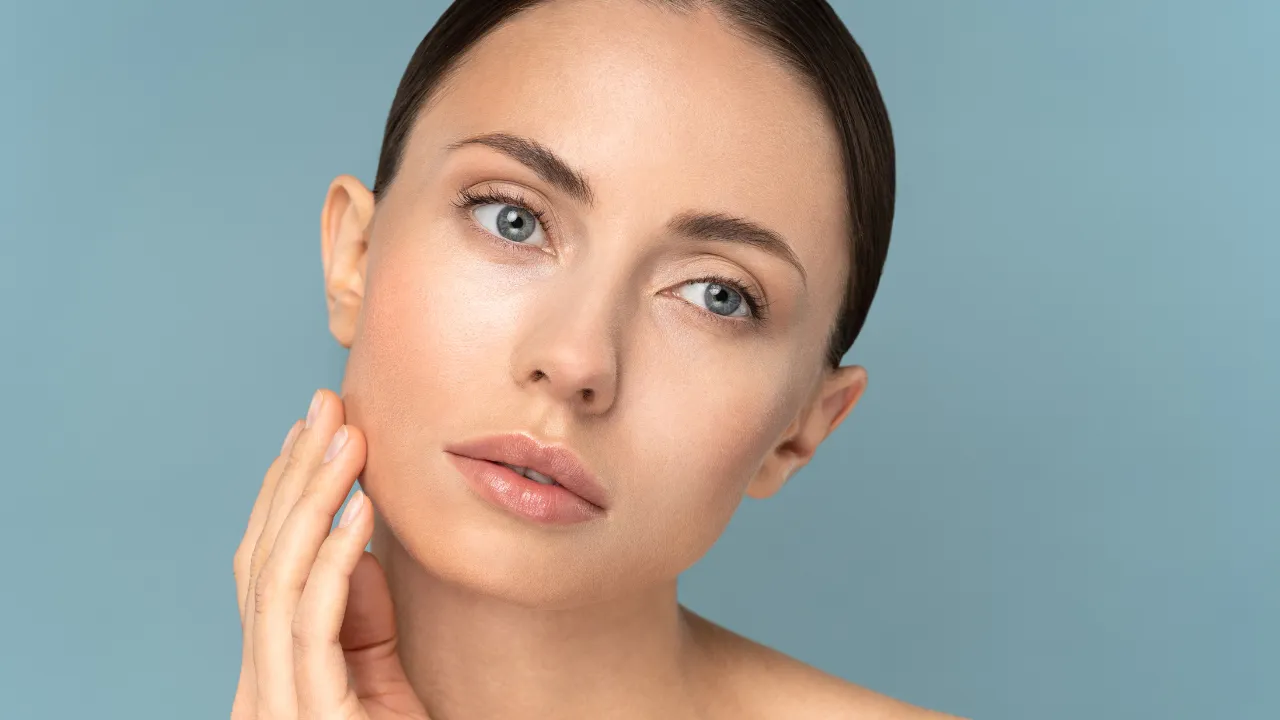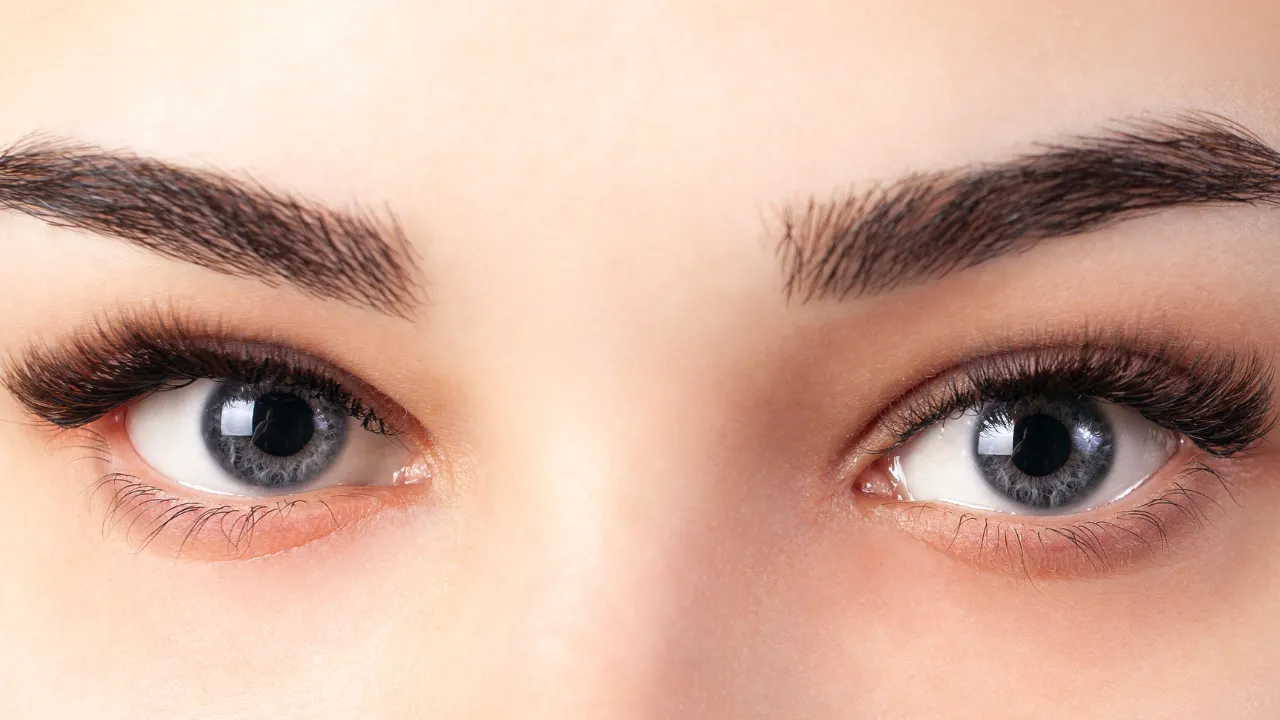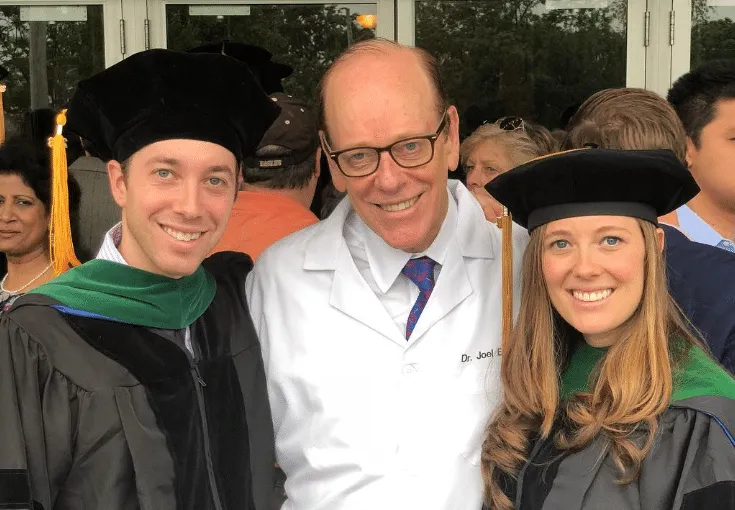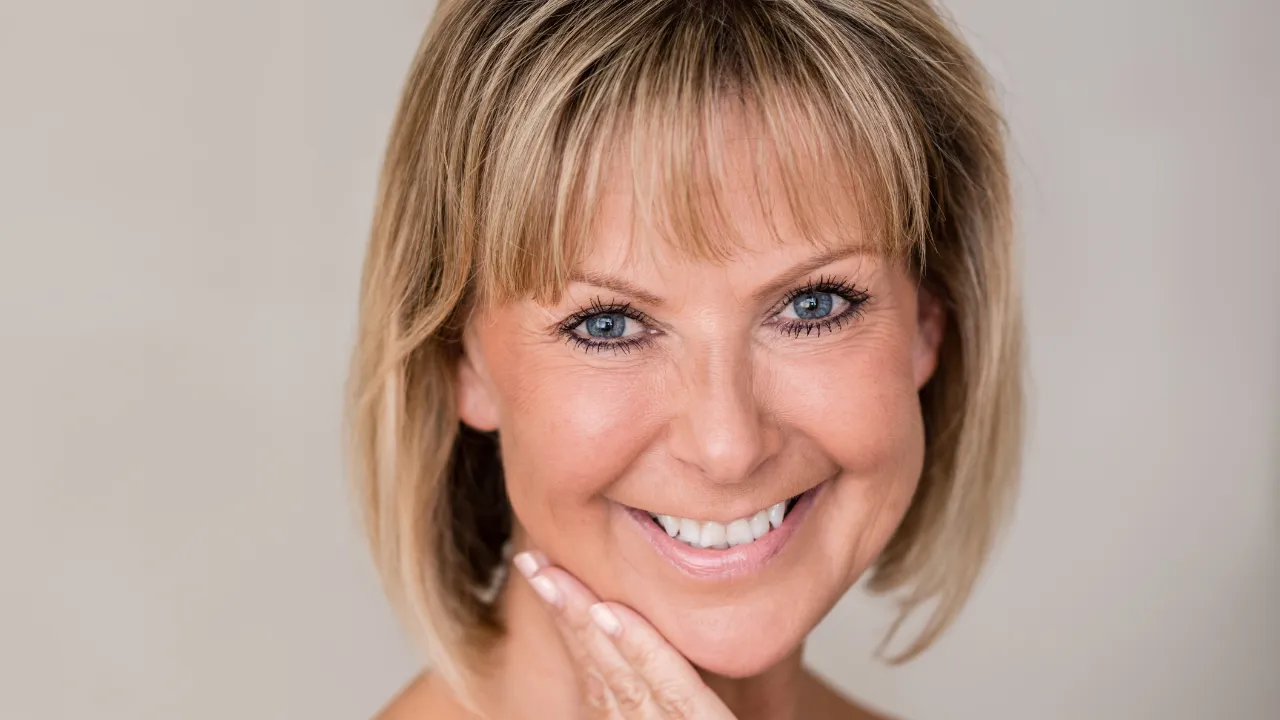Cheek fillers cause only mild, short-term discomfort for most patients. The procedure involves small injections beneath the skin to restore volume and definition. Any sensation is brief, thanks to the use of numbing cream and lidocaine within the filler.
When people ask, Do cheek fillers hurt, the honest answer is that pain is minimal and usually limited to a light pinch or pressure. Mild swelling or tenderness may appear afterward but fades within a few days. With proper care and an experienced injector, treatment feels quick, controlled, and far less painful than most expect.
At Kopelman Aesthetic Surgery, Dr. Joel Kopelman uses advanced facial filler techniques to restore youthful volume with precision and comfort. With over 35 years of experience in oculoplastic and facial surgery, Dr. Kopelman prioritizes achieving natural-looking results and ensuring patient safety.
Table of Contents
ToggleKey Takeaways
- Cheek fillers cause mild, short-term discomfort, often compared to a quick pinch or light pressure.
- Numbing cream and lidocaine reduce pain, and soreness typically resolves within a few days.
- Swelling and bruising are normal but temporary, typically fading within one to two weeks as the results become apparent.
- Following pre-treatment and after-care instructions – such as avoiding blood thinners and strenuous activity – helps minimize side effects.
- Choosing an experienced injector, such as Dr. Joel Kopelman, ensures comfort, safety, and natural-looking results.
Quick Answers to Common Concerns
- Will I bruise or swell? Mild swelling and bruising fade within a few days.
- Can I work out after filler? Wait 24 hours before resuming activity.
- When will I see results? Most patients experience improvement immediately, with final results becoming apparent as the swelling subsides.
Most describe the procedure as tolerable. When asked, “Do cheek fillers hurt?” patients compare it to a brief sting or pinch.
Pain During Cheek Filler Treatment
What Happens During the Procedure
Before treatment, your skin is cleansed, and small marks are used to guide the injection points. The filler is slowly injected to lift and contour the cheeks. Each step is brief and monitored for symmetry and comfort.
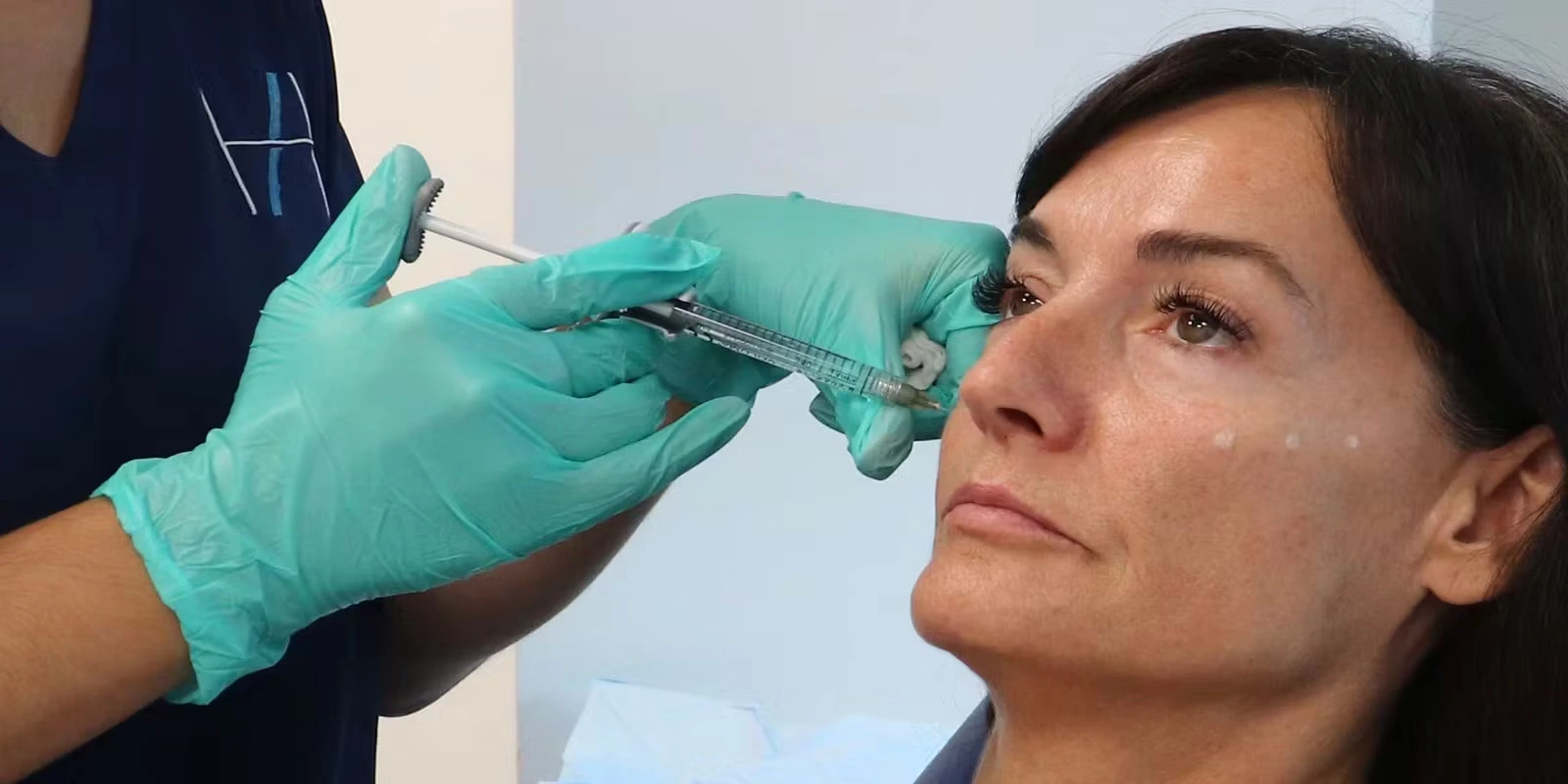
How to Prepare for Your Appointment
Avoid alcohol, aspirin, ibuprofen, or fish oil for 24 to 48 hours before your appointment. Arrive hydrated and with a clean face. These steps help reduce swelling and bruising, promoting smoother healing.
How Bad Do Cheek Fillers Hurt?
Patients often ask, ‘How bad do cheek fillers hurt?’ or ‘How much do cheek fillers hurt compared to other treatments?’ Most describe the sensation as mild and quick. The cheek filler injection feels like light pressure at the injection site.
Topical numbing cream and lidocaine within the injected filler effectively reduce sensitivity.
Do Cheek Fillers Hurt More Than Botox or Lips?
Botox causes less discomfort due to its superficial placement, while cheek fillers are placed slightly deeper to shape facial contours.
Lip filler injections are more sensitive due to the thinner skin and higher nerve density. Most patients find cheek filler injections less painful than lip filler but slightly more noticeable than Botox.
Where Do Fillers Hurt the Most (Cheeks, Lips, or Cheekbones)?
Cheekbones can be more tender since tissue sits close to the bone. Central cheeks are typically easier. A skilled injector who understands facial anatomy can minimize discomfort, reduce swelling, and minimize bruising.
Numbing Options and Comfort Tips
Your injector applies numbing cream before treatment, and most dermal filler injectables contain lidocaine. To counter pain effectively:
- Avoid caffeine and alcohol beforehand.
- Use ice packs after treatment.
- Follow after-care directions to ensure smooth recovery.
How Long Do Cheek Fillers Hurt for?
You may wonder, do cheek fillers hurt afterwards? Most patients experience mild tenderness for two to three days, with noticeable relief by the fourth day.
Minor swelling may persist for the first week but typically resolves as the injected filler settles and creates smooth, balanced contours.
Typical Day-by-Day Recovery Timeline
- Days 1–2: Mild swelling and tenderness.
- Days 3–5: Swelling decreases, bruising fades.
- Days 6–7: Most return to normal appearance and comfort.
- By the second week, the filler blends naturally with the skin.
After-Care Tips to Reduce Pain and Swelling
- Keep your head elevated for a few hours.
- Avoid strenuous activity for 24 hours.
- Do not press on treated areas unless instructed to do so.
- Limit sun and heat exposure for several days.
Contact your injector if redness or pain worsens. Choosing a provider like Dr. Kopelman minimizes risks and ensures a safe healing.
Results and Healing Timeline
Do Cheek Fillers Look Weird at First?
Minor puffiness can make the face look uneven or firm immediately after treatment. This is temporary. As swelling settles, results appear smooth and natural.
Cheek Filler Before and After – What to Expect
Before treatment, patients may notice hollow cheeks or loss of midface definition – both common signs of aging. Afterward, cheek volume improves, restoring youthful lift. Many also explore how cheek fillers help with eye bags, improving the transition between the cheeks and lower eyelids – learn more in Dr. Kopelman’s overview of cheek fillers for under-eye rejuvenation.

How Long Does Cheek Filler Take to Settle?
A hyaluronic acid filler typically takes one to two weeks to fully integrate. During this time, mild tenderness is normal. Avoid sleeping directly on the treated areas.
How Long Do Cheek Fillers Last and When to Refresh
Most dermal filler treatments last 12 to 18 months. Proper care, including hydration, avoidance of smoking, and following instructions, extends longevity. Maintenance visits every 12–18 months help preserve smooth contours and balanced results.
Safety and Complications
Are Cheek Fillers Dangerous?
Cheek fillers are safe when performed by a qualified specialist. Risks rise with untrained injectors or non-medical settings. Side effects, such as swelling or bruising, are minor and temporary. For a detailed look at cheek filler danger zones and how experts prevent risks, visit Dr. Kopelman’s guide on safe injection areas.
Does Cheek Filler Migrate or Cause Lumps?
Migration is rare and often linked to improper injection depth or post-treatment pressure. A gentle massage, guided by a professional, can help resolve minor unevenness.
Signs of Infection or Vascular Occlusion
Severe pain, skin blanching, or changes in color require immediate attention. Dr. Kopelman’s surgical background allows him to manage these issues safely.
Cheek Fillers vs Other Options
Do Cheek Implants Hurt More Than Fillers?
Cheek implants require surgery, causing more swelling and downtime. Dermal fillers offer flexibility, faster recovery, and reversible results, making them ideal for patients seeking subtle enhancements.
Which Option Feels More Natural and Lasts Longer
Cheek implants are permanent but firmer under the skin. Hyaluronic acid filler feels softer and more natural. Though temporary, periodic touch-ups maintain volume and proportion using fillers, including different product types to meet patient goals.
Cheek Filler Cost and Value
Average Cost by Treatment Area
Cheek filler costs depend on the type of product, the injector’s expertise, and the location. At Kopelman Aesthetic Surgery, prices reflect premium dermal filler injectables and Dr. Kopelman’s precision technique.
Most treatments use one to two syringes, adjusting the amount of filler to achieve balance and symmetry. For more details about injectable filler cost, visit Dr. Kopelman’s guide to filler pricing.
Factors That Affect Price and Longevity
- Type and brand of hyaluronic acid filler
- Injector’s experience
- Individual metabolism and treated areas
- Expert care ensures lasting, natural results and fewer complications.
Final Thoughts from Kopelman Aesthetic Surgery
Most patients find that cheek fillers cause significantly less discomfort than expected. Mild tenderness, swelling, or bruising at the injection site typically subsides within a few days. With expert technique and proper after-care, results appear balanced and natural.
Kopelman Aesthetic Surgery remains dedicated to safe, personalized treatment. Whether restoring lost volume or refining facial contours, Dr. Kopelman ensures comfort and results that enhance confidence and appearance.
Schedule a private consultation with Dr. Joel Kopelman today to discuss your goals and discover how personalized cheek filler treatment can rejuvenate your appearance with precision and care.


